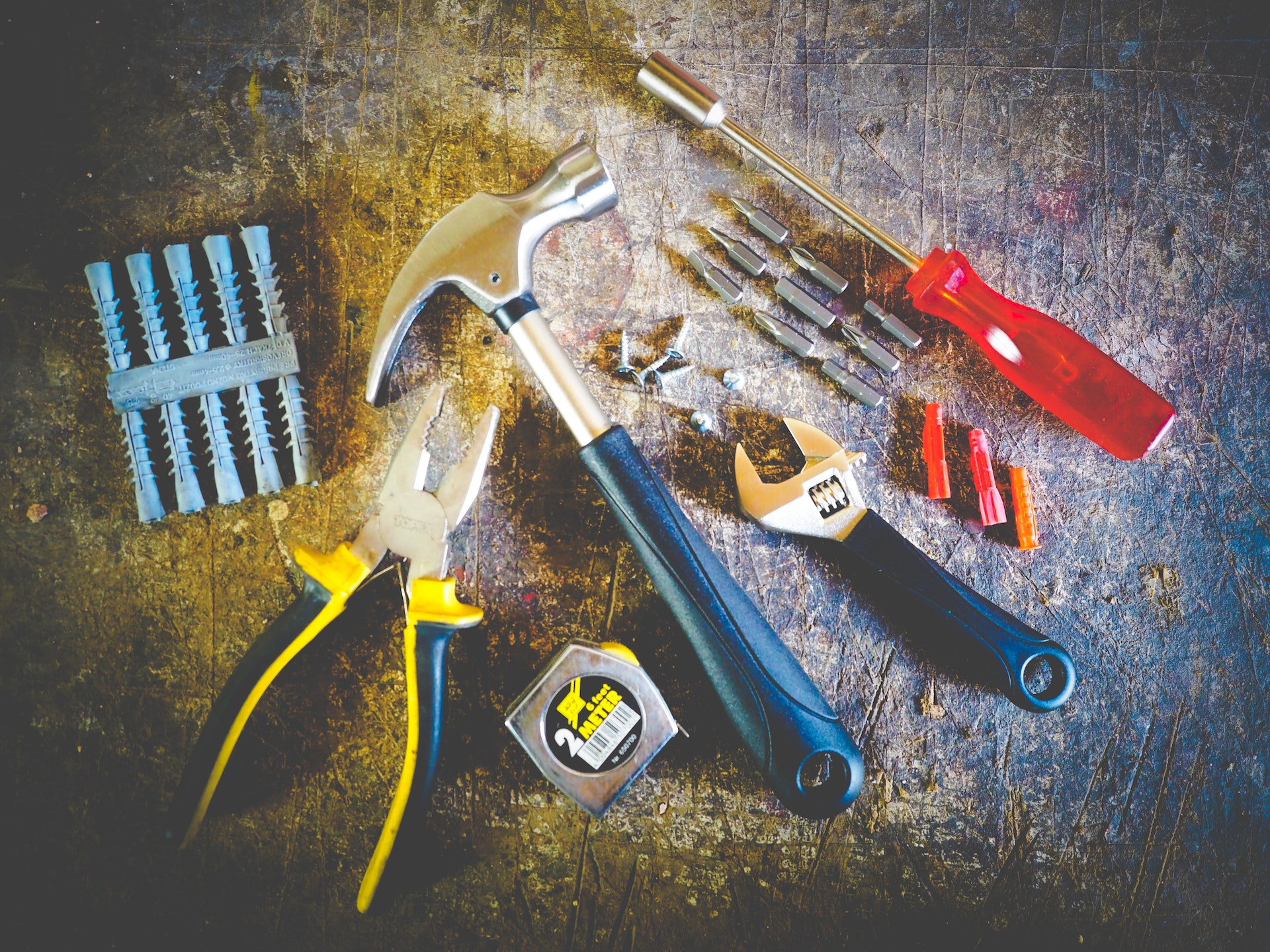
Non-powered hand tools, such as hammers, screwdrivers, wrenches, and pliers, are commonly used by workers. However, the misuse of these tools can cause work-related musculoskeletal disorders (WMSDs).
To reduce WMSDs, employees should follow general guidelines for hand tool safety. This includes selecting tools like air compressor for pneumatic tools that fit the employee’s hands and body size and adjusting them appropriately.
Handle Shape
Handle shapes affect the way a tool is used and the comfort it provides. They can be made from various materials, including plastic, rubber, and steel.
When designing handles for hand tools, anthropometric measurements of the user’s hands should be considered. This will allow the handle to adapt to the shape of each user’s hand.
For power hand tools, a larger grip diameter reduces the force required to use the tool and helps workers avoid work-related musculoskeletal disorders such as tendonitis. In addition, a large grip diameter may also improve handling efficiency by allowing for more control over the tool’s position.
Ergonomic designs for handles should be considered by engineers and manufacturers involved in the design and manufacturing of equipment. They should be designed to prevent work-related musculoskeletal disorders, reduce the risk of injuries and be comfortable for the user.
Weight
A tool’s weight can affect how it is used and its maintenance. Heavy tools require more work and are more likely to cause fatigue or muscle strain.
In addition, they can be dangerous to the worker’s hands and wrists when they are not well designed for a specific task. A good hand tool should be light enough to hold for a prolonged time and quickly adjust.
Hand tools manipulate or grip various materials, such as wood, metal, plastic, glass, and stone. They can also be used to cut, grind or drill holes.
Using improperly designed hand tools can lead to musculoskeletal disorders in workers, such as carpal tunnel syndrome and Hand Arm Vibration (HAV) disorder. Risk factors for these disorders include awkward wrist and hand postures, static muscle loading, mechanical stress, vibration, noise, torque, temperature, and pinch points.
Adjustments
Hand tools are essential for a variety of tasks. They can be used for both home and professional projects.
Choosing the right tool is important for safety and efficiency. It can also help reduce injuries and the risk of musculoskeletal disorders, such as carpal tunnel syndrome or tendonitis.
The ergonomic design of hand tools has received considerable attention in recent years to optimize human performance. Achieving ergonomically designed tools requires a thorough understanding of the task and human capabilities.
A key consideration is the handle shape – how the tool should be held for maximum comfort, control, and accuracy. Select a handle that does not require wrist flexion, extension, or ulnar or radial deviation, allowing the operator to maintain a neutral wrist posture.
Some basic adjustments to your handle tools include changing the length of the handle, removing or adding weight to the handle, and changing the grip. These simple changes will increase overall user comfort and efficiency.
Safety Guards
Hand tools are widely used in the workplace and are a vital part of everyday life. However, they can pose serious hazards if misused or damaged.
Safety guards on hand tools protect workers from moving blades, bits, and wheels. These guards should be installed before each use to prevent injury.
Pneumatic hand tools, such as chippers, drills, hammers, and sanders, are safe if operated correctly. Employees should be aware of this danger and use safety glasses with side shields, face shields, hearing protection, and safety shoes or boots.
Power tools such as drills, tappers, and fastener drivers must have a constant-pressure switch or control that shuts off the power when pressure is released. Portable grinding tools with wheels larger than two inches in diameter should be provided with safety guards to protect workers from flying fragments.
Guards must be provided on all reciprocating or rotating machine parts, including belts, gears, pulleys, sprockets, and spindles, to protect workers from injuries due to the point of operation, nip points, spinning parts, flying chips, and sparks. When possible, employees should be trained to safeguard these areas.
Double Insulation
The best tools have been specially designed to offer proper protection when it comes to keeping yourself safe while working on energized equipment. These are called insulated hand tools and typically have two layers of insulation, meeting the ASTM F1505 standard.
Insulated tools use a dual-layer construction to prevent electrical current from passing through the tool’s handle or cutting edge. They also typically feature a thick barrier to protect the hand from slipping or sliding above the insulation.
This is especially important if the tool has an exposed metal part that is connected to a live circuit. That’s why the NFPA 70E standard requires that you use insulated tools when working with energized equipment.
If you’re unsure whether your tools are truly insulated, look for the double triangle marking on them. These international symbols are required on all authentic insulated tools and will help you know that your devices meet the highest safety standards.


